The Fox Film Corporation was an American Independent film production studio formed by William Fox (1879–1952) in 1915, by combining his earlier Greater New York Film Rental Company and Box Office Attraction Company.

Metro-Goldwyn-Mayer Studios, Inc., is an American media company specializing in film and television production and distribution. Founded on April 17, 1924 and based in Beverly Hills, California, it is owned by the Amazon MGM Studios subsidiary of Amazon.

Universal Studios, legally as Universal City Studios LLC, doing business as Universal Pictures or simply Universal is an American film production and film distribution company owned by NBCUniversal, which is a division of Comcast.

United Artists Corporation (UA) was an American production and distribution company founded in 1919 by D.W. Griffith, Charlie Chaplin, Mary Pickford and Douglas Fairbanks as a venture premised on allowing actors to control their own interests rather than being dependent upon commercial studios.
Orion Pictures is an American film production and distribution company co-owned by Metro-Goldwyn-Mayer and Amazon through Amazon MGM Studios. In its original operating period, the company produced and released films from 1978 until 1999 and was also involved in television production and syndication throughout the 1980s until the early 1990s. It was formed in 1978 as a joint venture between Warner Bros. and three former senior executives at United Artists. From its founding until its buyout by MGM in the late 1990s, Orion was considered one of the largest mini-major studios.
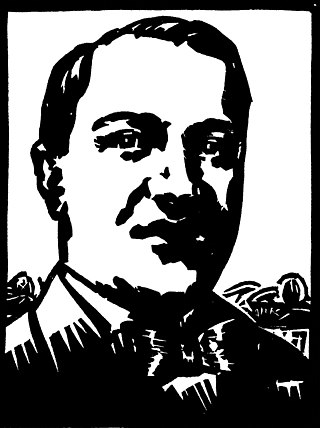
Nicholas M. Schenck was a Russian-American film studio executive and businessman.

Major film studios are production and distribution companies that release a substantial number of films annually and consistently command a significant share of box office revenue in a given market. In the American and international markets, the major film studios, often known simply as the majors or the Big Five studios, are commonly regarded as the five diversified media conglomerates whose various film production and distribution subsidiaries collectively command approximately 80 to 85% of U.S. box office revenue. The term may also be applied more specifically to the primary motion picture business subsidiary of each respective conglomerate.
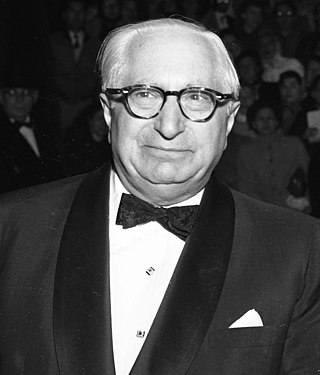
Louis Burt Mayer was a Canadian-American film producer and co-founder of Metro-Goldwyn-Mayer studios (MGM) in 1924. Under Mayer's management, MGM became the film industry's most prestigious movie studio, accumulating the largest concentration of leading writers, directors, and stars in Hollywood.
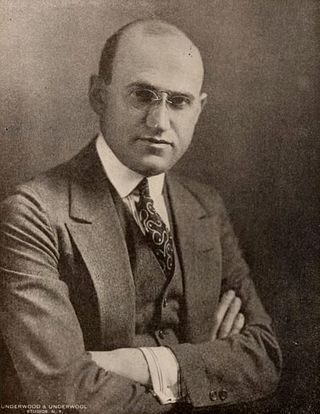
Samuel Goldwyn, also known as Samuel Goldfish, was a Polish-born American film producer. He was best known for being the founding contributor and executive of several motion picture studios in Hollywood. He was awarded the 1973 Golden Globe Cecil B. DeMille Award, the Irving G. Thalberg Memorial Award (1947) and the Jean Hersholt Humanitarian Award (1958).
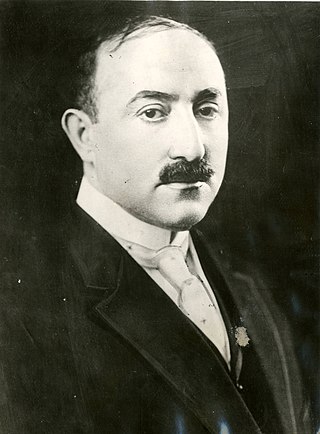
Wilhelm Fried Fuchs, commonly and better known as William Fox, was an American film industry executive who founded the Fox Film Corporation in 1915 and the Fox West Coast Theatres chain in the 1920s. Although he lost control of his film businesses in 1930, his name was used by 20th Century Fox and continues to be used in the trademarks of the present-day Fox Corporation, including the Fox Broadcasting Company, Fox News, Fox Sports and Foxtel.

Goldwyn Pictures Corporation was an American motion picture production company that operated from 1916 to 1924 when it was merged with two other production companies to form the major studio, Metro-Goldwyn-Mayer. It was founded on November 19, 1916, by Samuel Goldfish, an executive at Lasky's Feature Play Company, and Broadway producer brothers Edgar and Archibald Selwyn, using an amalgamation of both last names to name the company.

Solax Studios was an American motion-picture studio founded in 1910 by executives from the Gaumont Film Company of France. Alice Guy-Blaché, her husband Herbert, and a third partner, George A. Magie, established the Solax Company.

Twentieth Century Pictures, Inc. was an independent Hollywood motion picture production company created in 1933 by Joseph Schenck and Darryl F. Zanuck from Warner Bros. Financial backing came from Schenck's younger brother Nicholas Schenck, president of Loew's, the theater chain that owned Metro-Goldwyn-Mayer (MGM), Louis B. Mayer of MGM, who wanted a position for his son-in-law, William Goetz, Bank of America and Herbert J. Yates owner of the film processing laboratory Consolidated Film Industries, who later founded Republic Pictures Corporation in 1935. . The company product was distributed by United Artists (UA), and leased space at Samuel Goldwyn Studios.
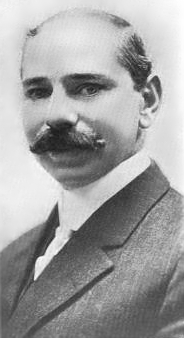
Marcus Loew was an American business magnate and a pioneer of the motion picture industry who formed Loew's Theatres and the Metro-Goldwyn-Mayer film studio (MGM).

Selznick International Pictures was a Hollywood motion picture studio created by David O. Selznick in 1935, and dissolved in 1943. In its short existence the independent studio produced two films that received the Academy Award for Best Picture—Gone with the Wind (1939) and Rebecca (1940)—and three that were nominated, A Star Is Born (1937), Since You Went Away (1944) and Spellbound (1945).

The Sony Pictures Studios is an American television and film studio complex located in Culver City, California at 10202 West Washington Boulevard and bounded by Culver Boulevard (south), Washington Boulevard (north), Overland Avenue (west) and Madison Avenue (east). Founded in 1912, the facility is currently owned by Sony Pictures and houses the division's film studios, such as Columbia Pictures, TriStar Pictures, and Screen Gems. The complex was the original studios of Metro-Goldwyn-Mayer from 1924 to 1986 and Lorimar-Telepictures from 1986 to 1989.
Samuel Goldwyn Productions was an American film production company founded by Samuel Goldwyn in 1923, and active through 1959. Personally controlled by Goldwyn and focused on production rather than distribution, the company developed into the most financially and critically successful independent production company in Hollywood's Golden Age.

Louis B. Mayer Pictures was an American film production company of the silent era which operated from 1918 until 1924.

Richard A. Rowland was an American studio executive and film producer.
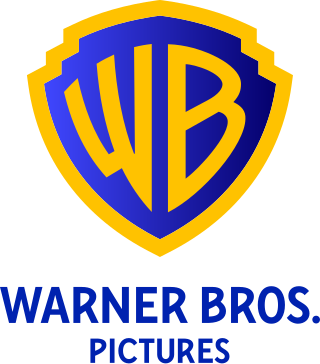
Warner Bros. Pictures is an American film production and distribution company of the Warner Bros. Motion Picture Group division of Warner Bros. Entertainment. The studio is the flagship producer of live-action feature films within the Warner Bros. Motion Picture Group unit, and is based at the Warner Bros. Studios complex in Burbank, California. Animated films produced by Warner Bros. Pictures Animation are also released under the studio banner.






















